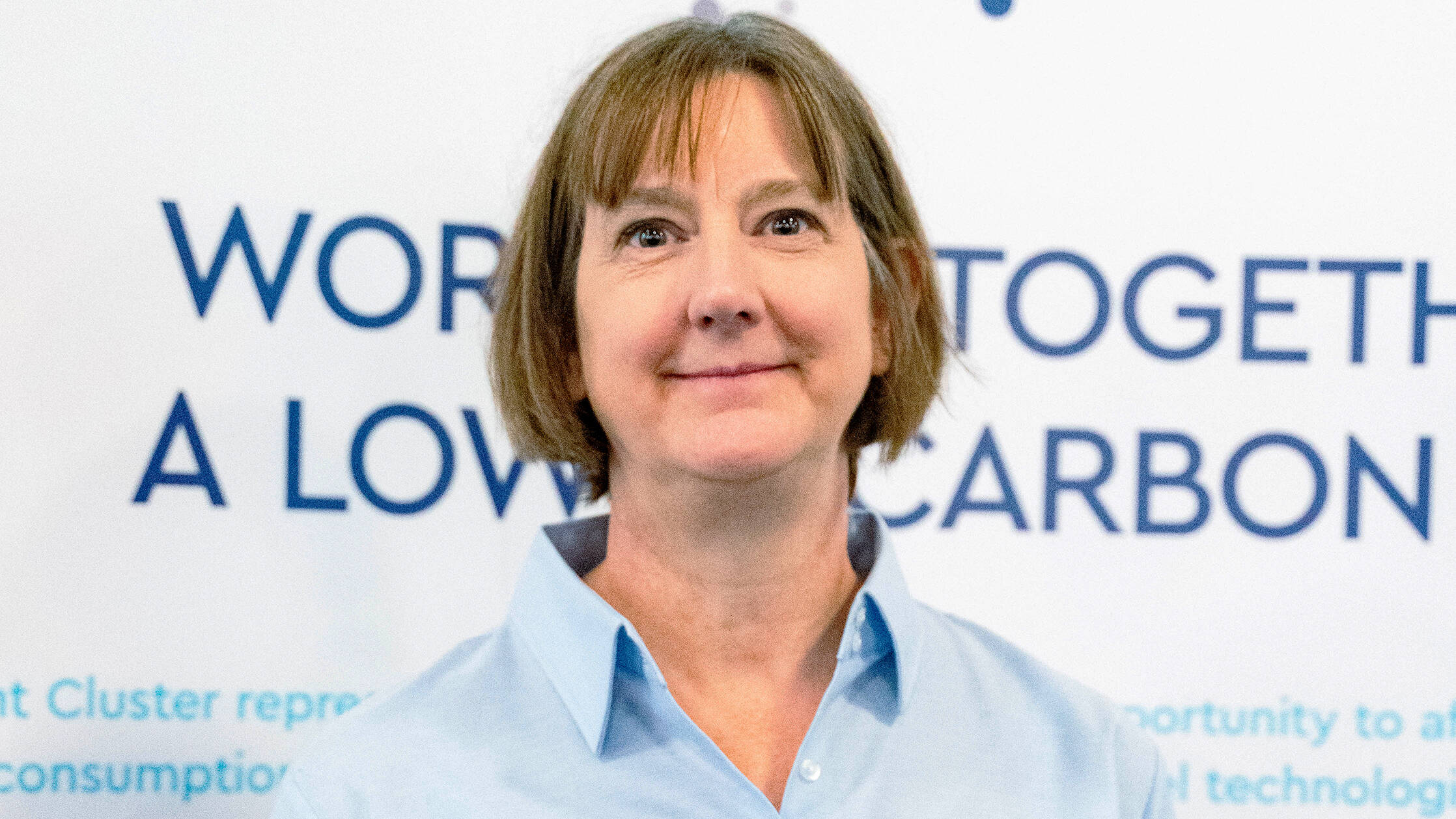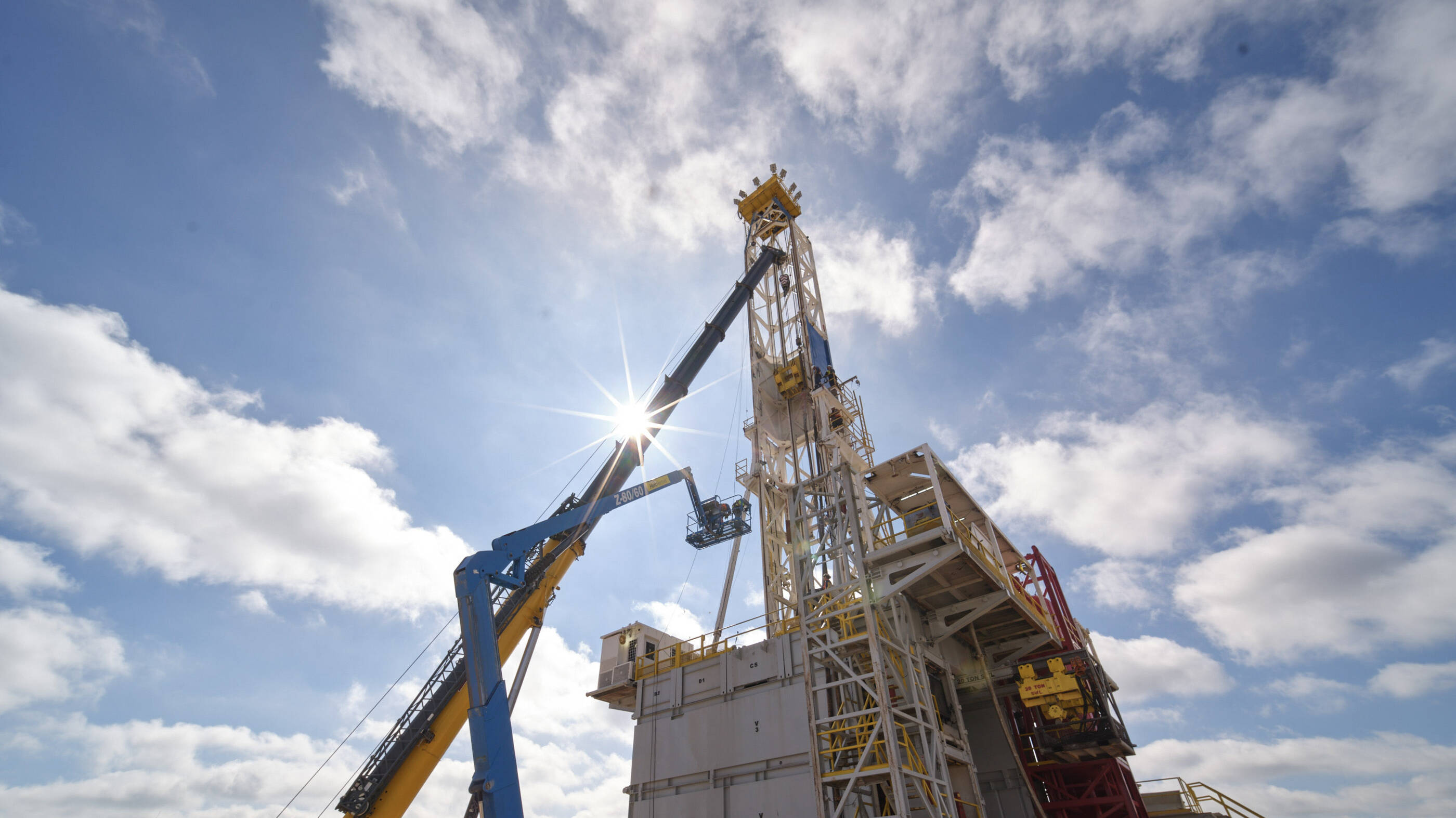Article
2 min read
• Sept. 9, 2024What is direct air capture (DAC) technology?
- DAC is a promising emissions-reduction tool.
- Technology can remove CO2 directly from the atmosphere.
- Watch short videos with our experts to help you learn more.
Article
2 min read
• Sept. 9, 2024Some people picture it as a giant vacuum. But one of our experts thinks it’s more like “a massive hair dryer.”
We’re talking about direct air capture (DAC), which can remove carbon dioxide (CO2) directly from the atmosphere. ExxonMobil is working to advance this technology, because it could play a key role in helping the world meet its net-zero goals.
Interested? Click here to learn about DAC and meet our experts, Jim, Jesse and Rodrigo.
Five things to know about DAC:
- How does DAC work? Air is passed through a sophisticated filter that captures CO2, which is then compressed and sent via pipeline to safe, permanent, underground storage.
- Why is DAC important? DAC can complement other emissions-reduction technologies and offset emissions that are difficult to eliminate, so it could one day be a key solution for reaching net zero.
- Where will DAC be installed? Because DAC removes CO2 directly from the air, it can be installed almost anywhere! But its initial growth would most likely be in locations that can make use of CO2 transportation infrastructure, like the CO2 pipeline network we operate along the U.S. Gulf Coast.
- What’s the challenge? The concentration of CO2 in the air is super low, which makes it much harder to capture CO2 than at a manufacturing facility, where a concentrated stream of CO2 can be identified. So, it’s not cheap. The cost of running DAC needs to be lowered before it can be scaled commercially.
- What are we doing about it? We’re testing our own version of the technology with a pilot project at our facility in Baytown, Texas. Our goal is to learn what works and what doesn’t, so we can improve the technology over time, and create a scalable, economically viable solution.
Direct air capture: Just one of the technologies we’re advancing to help enable a net-zero future.
Newsroom
Stay up to date with the latest news and information
Explore more

Expert spotlight: Clare Glover - working toward our net-zero ambition
Expert spotlight
•
3 min read
• Feb. 28, 2024
What is carbon capture and storage?
Perspective
•
Sept. 21, 2021

We’ve broken ground on CO2 storage for customers
Article
•
Nov. 8, 2023



